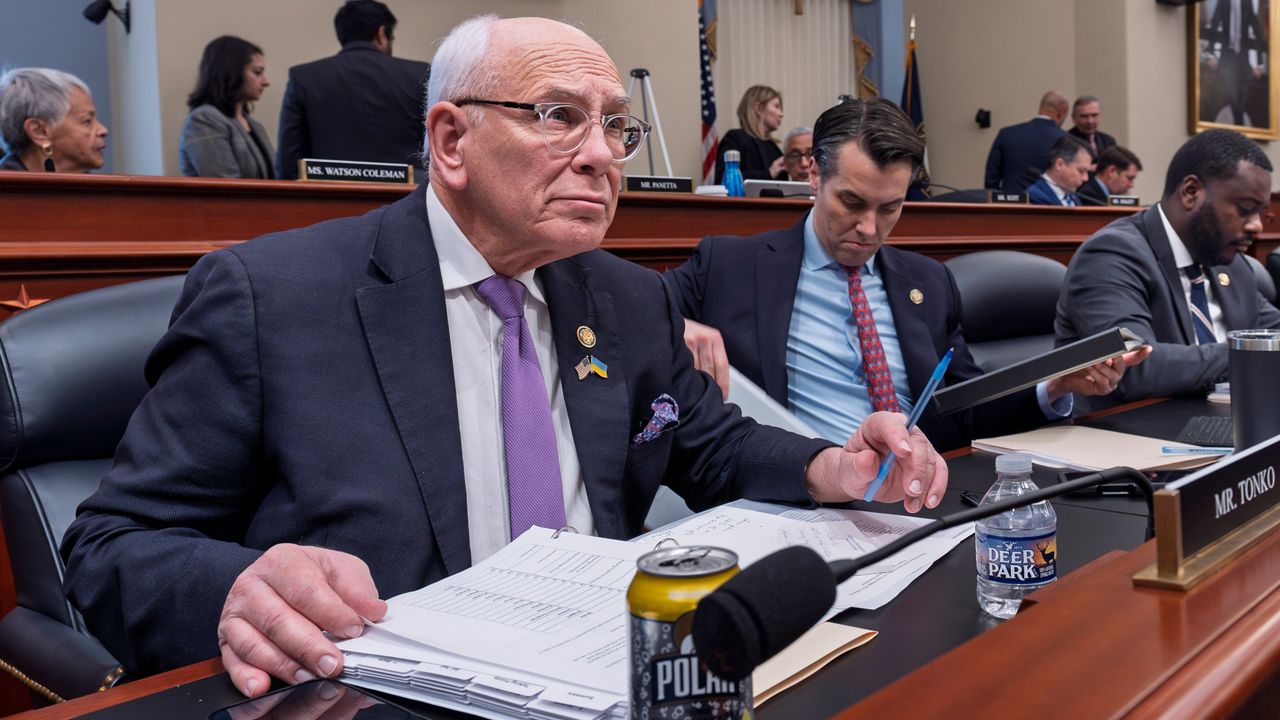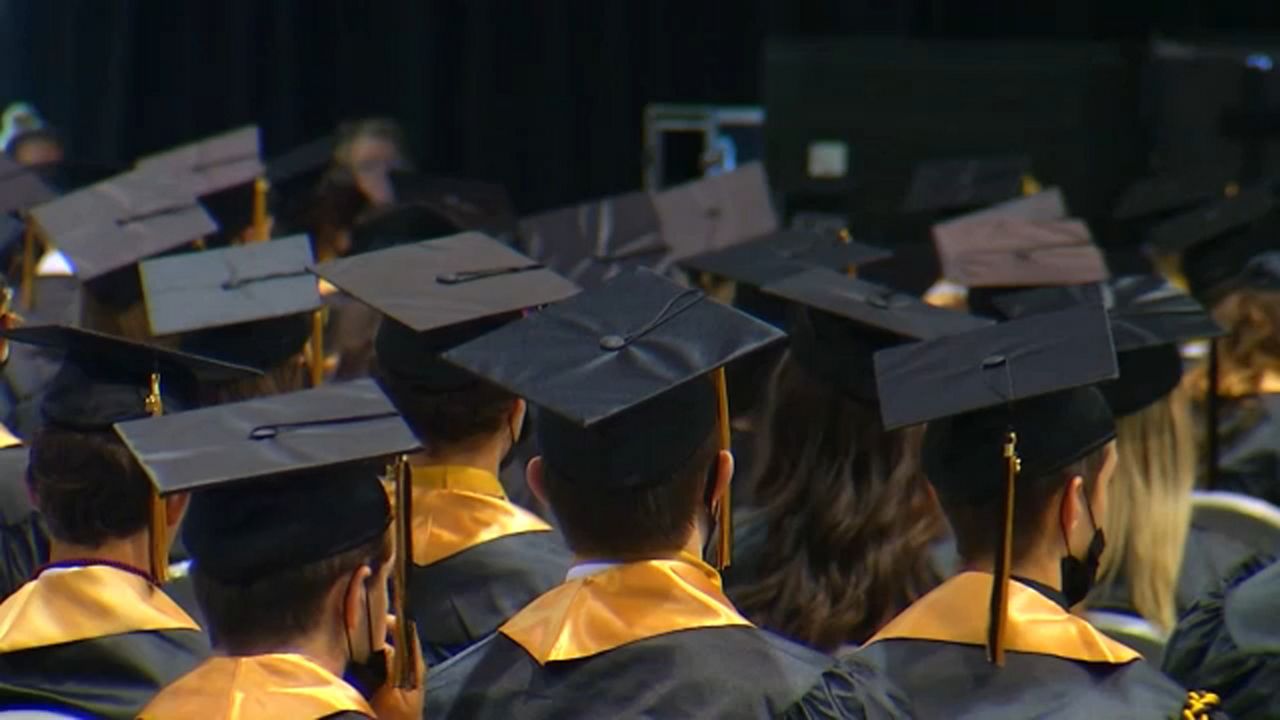The primary school funding formula in New York is a complicated amalgam of data which may be updated for the first-time next year since its creation in 2006.
“Foundation Aid” attempts to provide school districts with the amount of state money that they need to provide students with a sound basic education. Some districts need less state aid than others because they are wealthy, and local property owners supplement state funding with property taxes.
When asked why the formula needs to be updated now, Sean Giambattista, director of state aid at the New York State Education Department, said the education landscape has changed.
“Since 2006, in the last 18 years or so, the districts’ services that they provide have shifted a little bit, and the learning that’s done in districts has changed, and frankly, the state Education Department has learned more about how to serve students,” Giambattista told Capital Tonight.

In its recently released state aid proposal, the state Board of Regents included a long and short term strategy for dealing with the Foundation Aid formula.
In the short term, the board requested $1 million for a study to replace the existing formula, which uses Census data from the year 2000. The board also requested an increase of $253.4 million in Foundation Aid funding for schools next year.
Until a full overhaul of the formula is completed, the state Education Department is pushing for a few critical tweaks, like replacing federal poverty data published 18 years ago.
“The federal government does provide updated school district-level poverty information. It’s called the Small Area Income Poverty Estimates and so there would be a one-to-one exchange for the 2000 Census poverty and the updated Census poverty rates that the federal government provides,” explained Giambattista.
This metric may change after stakeholders do a deep dive into the formula.
“One of the reasons we need some funding for a study is that we need the best thinking that’s out there in terms of what student needs districts need to address,” he said.
According to Dr. Christina Coughlin, deputy commissioner and chief financial officer for the state Education Department, in the long term, the department needs to be asking more global questions about student need, including “How much does it cost to educate a child?"
“We have a figure for that that’s baked into the Foundation Aid Formula now but we don’t know that that’s still the right thing given that…expectations have really changed a lot, the technology has really changed a lot,” she said. “That’s one of the reasons that we really need a study. We need experts to sit down and work with us to identify what that cost might be.”
Coughlin also discussed how the formula might have to change to accommodate the needs of so-called “Save Harmless” districts, some of which are rural.
“It’s a per pupil formula and districts that have struggled or lost a lot of enrollment are the ones that are furthest below the threshold that the formula generates,” Coughlin said. “Those are places where the economy and the tax base may not be particularly strong either to backfill any state funding.”









